The crown jewels have been stolen! Detective Joe Friday and his assistant, Dee Enae, are on the scene at the City Museum. They’ve found a clue: blood on the sill of the window where the thief broke in. Was it Pockets Peterson, the notorious crime chief? Cruella “the Cat” Blanchard, private jewel collector and former ninja? Or is Professor Angstrom, the ousted museum curator, out for revenge? Using genetic principles, lab equipment, and their own smarts, students at Boston University’s CityLab will crack the case.
CityLab and its traveling offshoot, MobileLab, a partnership between the School of Education and the School of Medicine, is a biotechnology learning lab for grades 7 through 12. CityLab is one way that SED uses creative math and science programs to engage underprivileged students, tap into their potential, and help close the achievement gap. BU’s Noyce Scholars Program in Mathematics is another. While achieving their goals, MobileLab and Noyce provide SED students with valuable training and are an example to educators nationwide. Here’s how these programs work and why students and teachers need them.
Some troubling statistics
Imagine trying to do any of the following: pay attention in class when you haven’t had a decent meal in days; make school a priority when you work to support your siblings; aspire to a science career in a town where top employers include fast-food restaurants and a nearby prison; value academic success when all your schoolmates cheer about are sports achievements; or keep up with classmates when you have a disability or when English isn’t your first language or when you have no support at home.

Dedham, Mass., students board the MobileLab bus. Photo by Cydney Scott
For all these reasons and more, many US students find themselves on the wrong side of the achievement gap. Minorities, the poor, and other disadvantaged groups are the hardest hit. In 2011, for example, US schools reported statistically significant gaps in math scores among fourth-grade whites, Hispanics, and blacks, according to the US Department of Education. Hispanics scored approximately 8 percent lower than whites (with average scale scores of 229 vs 249), blacks approximately 10 percent lower than whites.
And while the black-white achievement gap has narrowed over the past 50 years, the gap between rich and poor has widened. A study published in 2011 by Stanford University sociologist Sean F. Reardon revealed that the achievement gap between affluent and low-income families is now almost twice the gap between blacks and whites. And among 35 economically advanced nations in UNICEF’s 2012 Measuring Child Poverty, the United States had the highest percentage of children living in relative poverty (23.1 percent) after Romania (25.5 percent).
Programs like Noyce and CityLab help educators in their efforts to close these gaps. Here’s how.
Mystery-solving at CityLab
Trying to learn molecular biology with only books and paper models, says CityLab director Don DeRosa, an SED clinical associate professor, is like trying to learn soccer without picking up the ball.
DeRosa (SED’91,’01) is quoting Carl Franzblau, a School of Medicine professor of biochemistry, who cofounded CityLab with Constance Phillips (SPH’91), a MED research assistant professor of biochemistry, at MED in 1991. DeRosa says students “between the cracks” were the inspiration for CityLab and its curriculum. The Case of the Crown Jewels is one of several mystery-format lab investigations DeRosa and former MED instructor Leslie Wolfe (CAS’84, GRS’90) developed.

Booking for the programs opens the first week of May. According to DeRosa, 80 percent of the spots, some reserved for Boston public schools, fill up within two days. Photo by Kalman Zabarsky
Getting students in the lab for a hands-on experience with science, DeRosa says, can help level the field for disadvantaged students and even inspire them to consider a science career that previously had seemed out of reach. “We want to not only give people an equal opportunity,” he says, “but respect that all these students have the same potential.”
Funded by MED and federal sources (primarily the National Institutes of Health’s Science Education Partnership Award), CityLab provides access to state-of-the-art facilities and curricula that are unavailable at most schools. Approximately 24 percent of the students who attend (mostly from Massachusetts) are from underserved populations. MobileLab, which can accommodate about 24 students, travels to nearby schools. DeRosa and CityLab staff supervise the lab investigations, and SED students assist at some CityLab sessions. There is no charge for the program. Museums, schools, and enrichment programs nationwide have adapted CityLab’s curricula for their own use.
Although students spend only a few hours at a time in CityLab, the program makes a positive impact. DeRosa says that a survey of high school students in one city that had incorporated CityLab into its program showed that CityLab had contributed twice as much to their attitudes about biotechnology as had their classroom experiences.
One former CityLab student, who is now a biomedical postdoctoral student, told DeRosa: “If it weren’t for CityLab, I probably wouldn’t be doing this.”
Training teachers for high-need schools with Noyce
There’s usually one every year.
Someone shy. Someone who won’t say he or she is struggling. The student simply says, “I didn’t do my homework.” Maybe it’s because of a learning disability. Maybe because of forgetting what was learned the year before or perhaps having no help at home. But for whatever reason, the student just can’t do the math.

Students working at CityLab. Photo by Kalman Zabarsky
At some schools, these students might slip through the cracks. But in Roxbury, Mass., they have teachers like Karen Levin (SED’09) and Ryan Casey (SED’14). Levin and Casey have implemented programs that put struggling students on a path to success. And they credit BU’s Noyce Scholars Program in Mathematics with helping them make that happen.
SED owes its Noyce connection to Suzanne Chapin (SED’85,’87), an SED professor of math education, whose longtime involvement with the Chelsea Public Schools motivated her to continue to find ways to support students from disadvantaged backgrounds. She obtained three grants from the Noyce Foundation, a nonprofit whose goals include improving the teaching of math and science in public schools and developing leadership to support student achievement. Through two of the grants, SED provides professional development for master teachers in high-need Boston-area schools, and enrollment in a 12-month Master of Arts in Teaching program for others, who commit to teaching for a fixed period in a high-need urban school, which SED prepares them for with such courses as Teaching Math in Urban Schools. Scholars meet regularly to discuss math, pedagogy, and classroom challenges.
Levin says that Noyce’s belief that all students can learn, and her contacts with colleagues in other schools through the program, helped her brainstorm, develop, and implement a diagnostic exam and prealgebra track for students at Boston’s City on a Hill Charter School, which took effect this year. Students take the test as freshmen, and those who need extra help are placed in a prealgebra course and put on a five-year track to graduation. The extended schooling gives them a chance to earn better grades—and perhaps take some Advanced Placement courses—to better prepare them to apply to college. In the end, she says, it helps students feel more successful.
“We work to meet them where they are and try to get them as far forward as possible,” she says.
At the K–8 Orchard Gardens School, Noyce master teacher Casey is working to help turn around one of Boston’s lowest performing schools. “How do you take students who are so far behind where they should be and catch them up?” he asks. One answer, he learned from Noyce at SED, is to get kids talking about math.

Suzanne Chapin (SED’85,’87), an SED professor of mathematics education (from left), with Noyce Scholars Ryan Casey (SED’14) and Karen Levin (SED’09). Photo by Vernon Doucette
Instead of only giving students problems to solve (the “drill and kill” method), teachers can spur discussion through questions such as, “How did you reach that conclusion?” “Do you see a pattern here?” or “What would happen if…?” A discourse-oriented program can help both teachers and students understand the math at hand, Casey says. As a result, “teachers are able to more effectively engage students in critical thinking, so they become owners of the mathematical ideas.” It can also help those who respond well to language-based teaching.
He and several other colleagues approached their principal about creating and implementing a discourse-oriented math program (using a curriculum Chapin had developed) that he says benefits students and teachers. He recalls one struggling math student whose disability made memorizing procedures a challenge. Because the student enjoyed language, Casey tried approaching equation-solving by talking with the student about math properties. Something clicked, he says, and the student became one of the grade’s top students in solving equations.
Noyce and CityLab show how a highly trained and leadership-oriented math or science teacher can have a crucial and positive impact on student success. The Aspen Institute’s Commission on No Child Left Behind says that studies show “good teachers can improve student achievement by as much as a grade level more than less-effective teachers over the course of a year.”
High-quality teachers are therefore all the more important in high-need districts, which face poverty, high teacher turnover, and teachers needing to teach outside of their disciplines, Chapin says. “Let’s train some of the best and the brightest,” she says, summarizing one of Noyce’s goals, “and then let’s support them so we can get them to go into these districts, where in many cases they don’t end up teaching.”
To learn more, visit CityLab, the Robert Noyce Scholarship Program, and SED Community Outreach.
A version of this article was originally published in the summer 2013 edition of @SED.


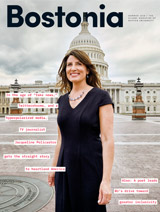
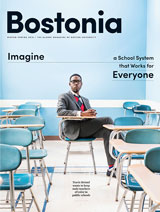
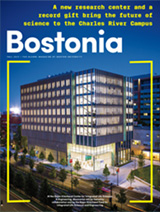

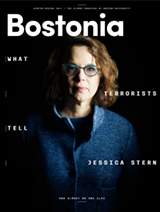
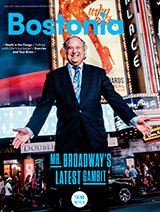
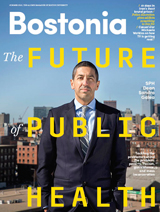
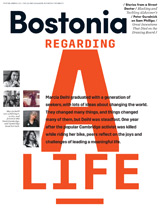
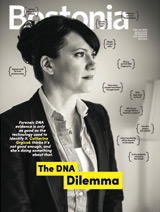
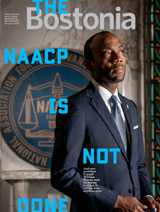
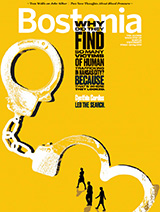



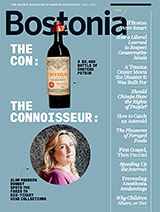
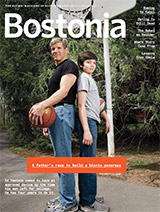
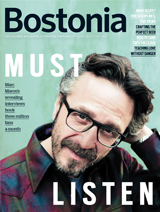
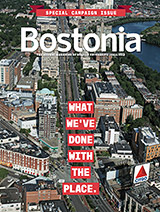
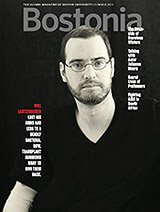
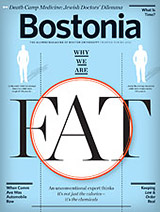
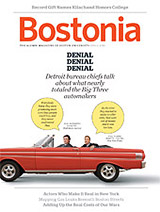
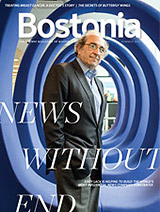


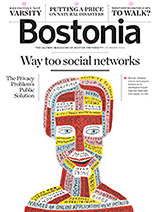
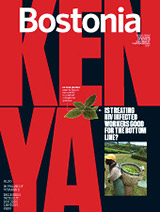
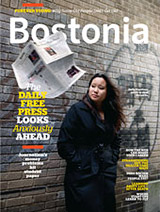
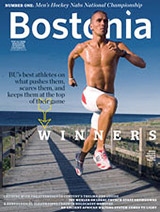
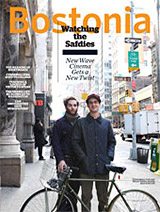

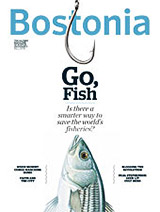
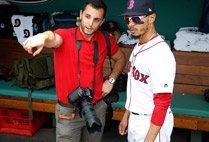
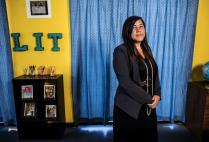
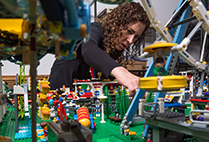

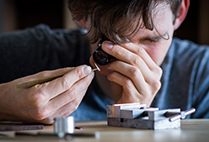

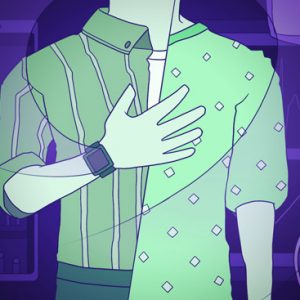
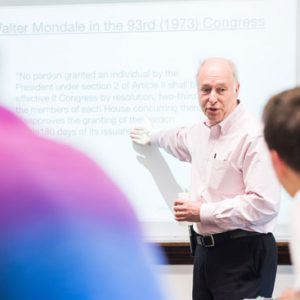

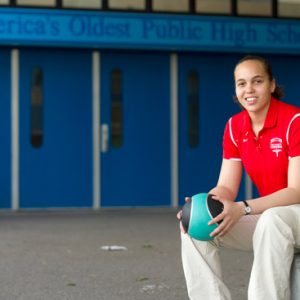
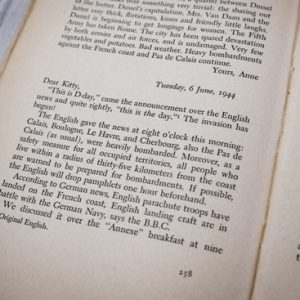
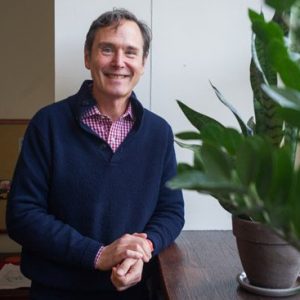




Related Stories
Can “Critical Consciousness” Close the Opportunity Gap?
Researchers study how schools engage students of color in analyzing and challenging racial inequity
MED Gives High Schoolers a Jump on Health Careers
Enrichment program for Boston’s underrepresented minorities
Tackling the Wage Gap with Code
Hariri software team aids Boston Women’s Workforce Council
Post Your Comment